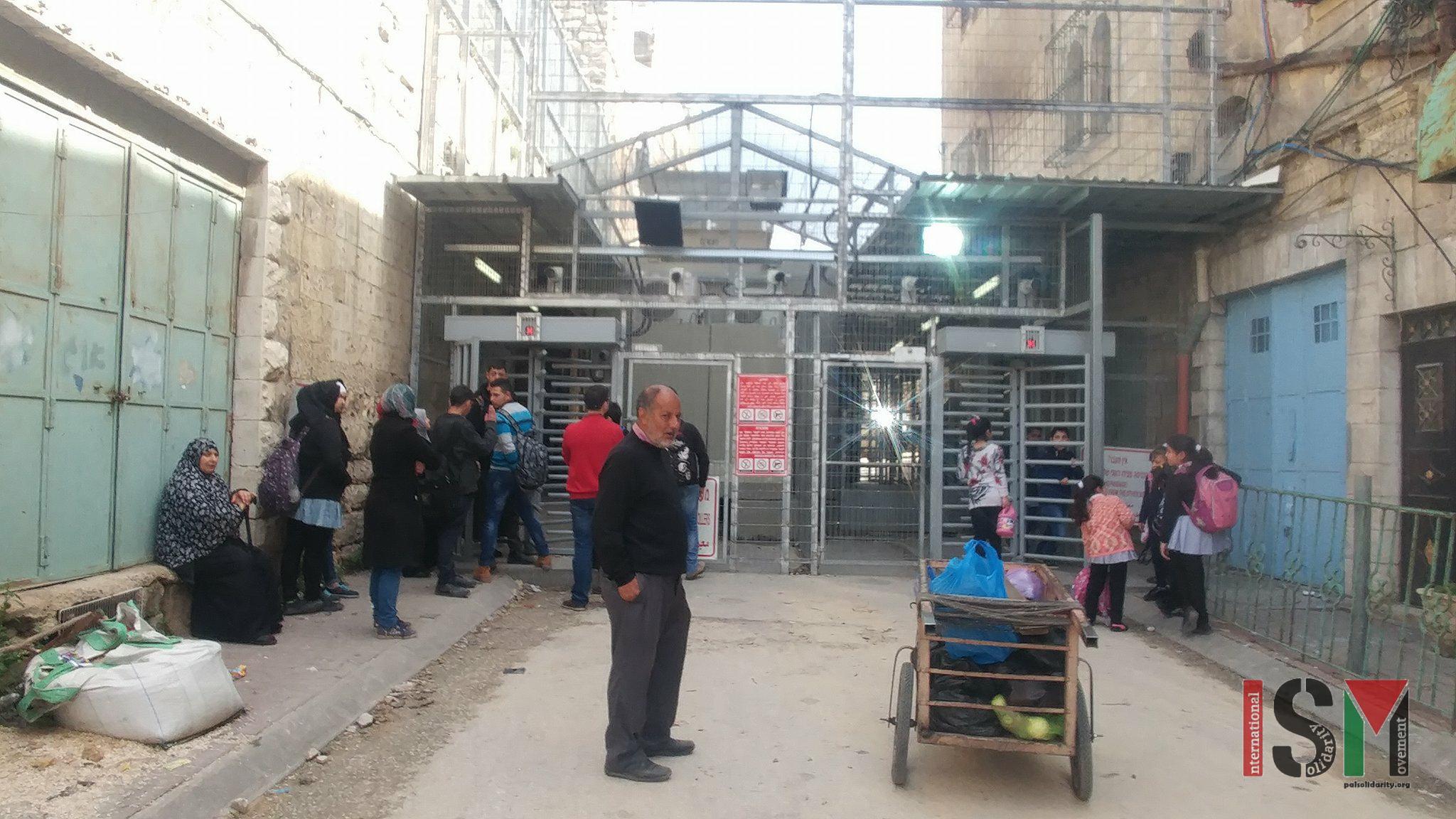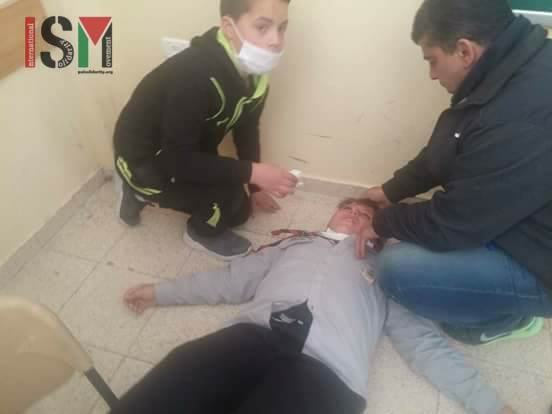Category: Reports
-
Occupation forces invade downtown al-Khalil / Hebron arresting two teens from a shop
3nd March 2018 | International Solidarity Movement, al Khalil team | Occupied Palestine Israeli soldiers invaded Bab-al-Zawiye today as young people protested the illegal occupation of Palestine. The soldiers used cameras with zoom lenses to photograph the protesters for well over an hour. Israel controls the population register of all Palestinians with a restrictive system…
-
Israeli soldiers lockdown checkpoints for jewish settler parade, Purim
Israeli soldiers close checkpoint 56 leading to the neighborhood of Tel Rumeida for an hour this morning, restricting the freedom of movement even further for Palestinian residents. Israeli settlers were celebrating the jewish holiday Purim as they paraded down Al Shuhada street and gathered outside Al Ibrahimi mosque playing loud music and drinking alcohol. Shop owners…
-
Israeli forces provoke and fire tear gas and stun grenades at school children
28th February 2018 | International Solidarity Movement, al Khalil team | Occupied Palestine This morning, armed Israeli Border Police entered Salaymeh neighborhood in Al Khalil, Hebron. They advanced towards the schools and shot one tear gas canister and one stun grenade at school children at 7:45 am. This happened after a single border police provoked…



